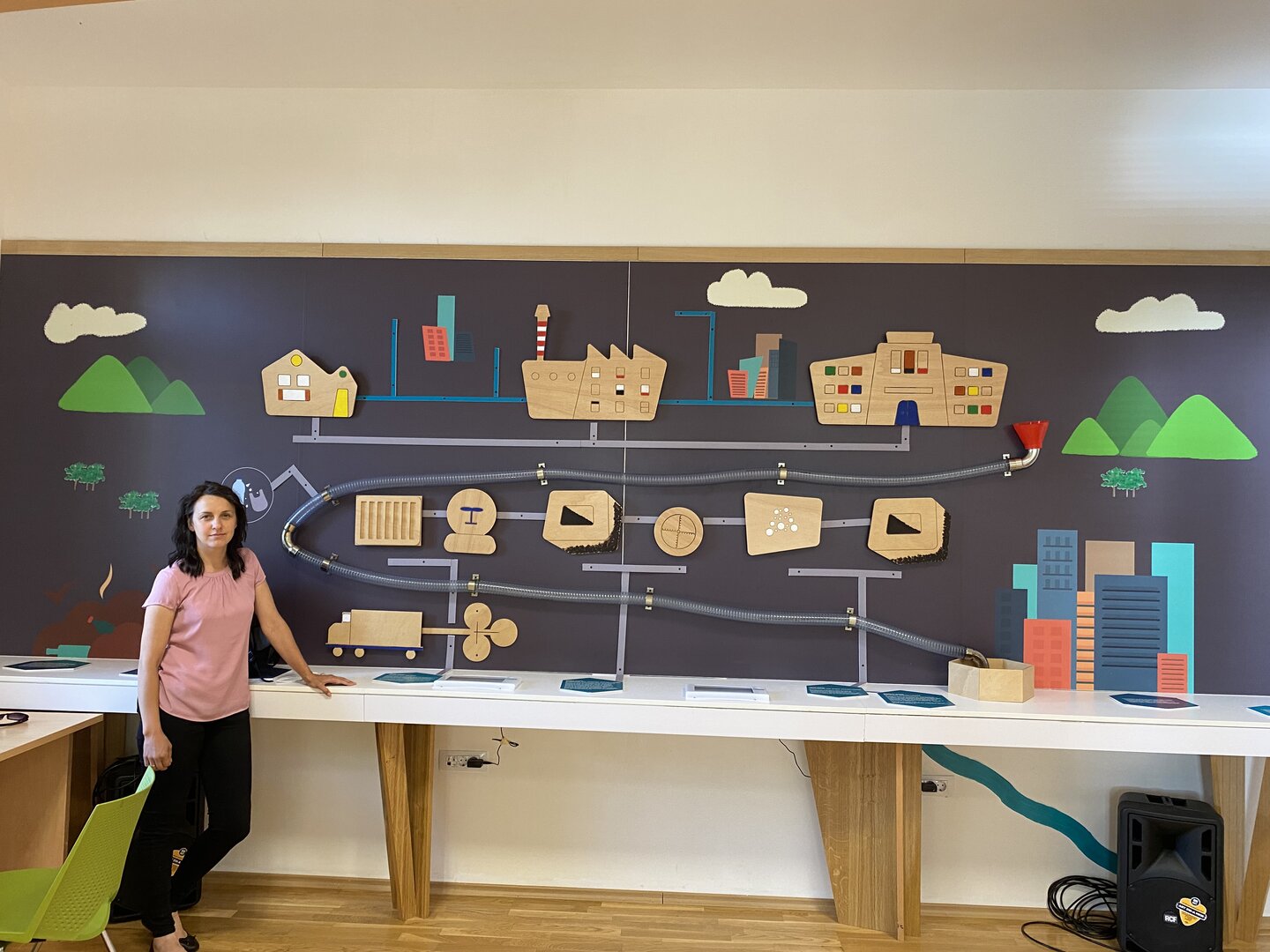The narrow road up to Negrevo winds past a crowded cemetery. The dead seem to vastly outnumber the living in this semi-deserted village of the Bregalnica region in North Macedonia. This area is typical of many small rural settlements in the Balkans, where the young have left to seek employment opportunities elsewhere and mostly older generations remain. The Bregalnica landscape is made up of open expanses of pasture and weed-scattered cornfields; higher up lies a mosaic of scrubby native woodland and dark, dense black pine plantations. Development activities here must focus on trying to regenerate the rural economy in a manner that is socially, economically, and environmentally sustainable—halting the outflow of residents and potentially attracting new ones.
The Nature Conservation Program
Among the interventions supported in North Macedonia by the Swiss Agency for Development and Cooperation is the Nature Conservation Program (NCP). Now in its third and final phase (2021 – 2023), this program is coordinated by the local company Farmahem, with technical advice from Helvetas. It combines activities focused on conserving North Macedonia’s rich biodiversity with support for appropriate rural livelihoods based on a regional identity. Much in the way that nature parks in Switzerland promote eco-tourism and locally sourced products using a premium branding, a similar concept is foreseen for the Bregalnica region.
Negrevo Educational Center for Nature Conservation
The Negrevo school—which old photos suggest was well attended in Yugoslavian times—was closed and gradually falling into ruin when it was first brought to the attention of the NCP. The school is owned by the local municipality, and there was interest in finding a new use for the building; the idea of the Educational Center for Nature Conservation fitted perfectly.
Through the program, the old school was renovated and now houses an impressive set of colorful educational displays about the Bregalnica region flora and fauna. The largest room also has an annotated map of the region across one wall and an illustration of effective wastewater treatment across another. Equipped with movable chairs and tables, it can be used for visits by classes of schoolchildren from nearby towns or for adult workshops. Passing hikers, bikers or other tourists are also welcome.
The Center was inaugurated two years ago and remains in excellent condition, at least in part due to the work of young biologist Verica Arnautovska. Verica is employed by the municipality to welcome visitors and to oversee Center maintenance. Verica has also been successful in raising funds for the Center from other sources—notably for the purchase of a microscope, which she uses for teaching children the rudiments of biodiversity at a cellular level.

Child-friendly nature trail
A short trail of under 3km from the Center is marked by child-friendly panels detailing plants or animals that might be seen along the way. These are explained by a cartoon character called Petko the dog. We walk past signs giving short, interesting facts in the Macedonian language about local snakes (vipers), animals (hares and wild cats), birds (vultures), and plants (juniper and blueberry bushes) to reach a small area of boggy ground where cattle are grazing. Here it is not difficult to spot the emblem plant of the Center: the insectivorous plant Drosera rotundifolia – common sundew. The cattle are essential for its survival here; without their trampling and grazing of the tall grasses, the habitat would be lost to scrub. Globally, sundew is classified by IUCN as a species of Least Concern, but in North Macedonia it is rare, so the site is of national importance.
Future maintenance
The Center’s primary challenge is its future maintenance. Last year was of course an exceptional one due to the COVID-19 pandemic, so use of the Center was relatively low. In total, about 300 children visited as part of school outings, as well as two groups of Scouts from Skopje. Various organizations have also used the Center to hold workshops. In theory, schools and other users should pay for these visits, but in practice the transfer of funds has been limited. The municipality needs to come up with a clear business plan for keeping the Center going—including the attraction of more tourists, who pay an entrance fee.
Touristic opportunities
Negrevo lies on a longer hiking trail around Pechevo that has been newly marked under project auspices. About 230 km of such trails are now marked, mapped, and studded with QR codes that locate points of specific touristic interest, providing information in Macedonian, English, and German. Suggestions are given of places to stay or eat (from rustic to modern); of natural beauty spots such as caves and waterfalls; of viewing points for important flora or fauna; of ancient trees; and important historical sites or buildings. All this can be found on an android application “Hike and bike in Maleshevija.” Sadly, the COVID-19 pandemic has served as a major limitation to touristic visitors so far. But for those who can travel and seek to explore new places, the Bregalnica region is waiting.
Many thanks to Marjana Shushlevska and Katerina Atanasovska of Farmahem and Jasminka Pasaliska Andonovska, Local Coordinator in the Project Local Office, for sharing their insights on this program.



